





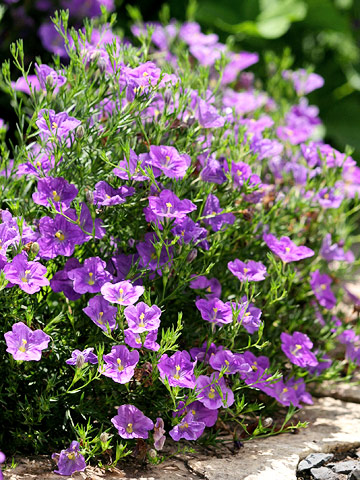 Nierembergia 'Purple Robe' is still popular today. It was released in 1942.
Nierembergia 'Purple Robe' is still popular today. It was released in 1942.
Scores of new plant varieties are released onto the market every year. Some are noticeably new: They have leaves or flowers in colors never seen before, bear noticeably more or bigger blooms, or have upgraded disease resistance. Other new plants offer advantages to greenhouse growers: They bloom earlier, have more compact habits, or can tolerate cooler temperatures so they don't need as much heat.
New plants aren't necessarily better for your garden, though, and that's why All-America Selections was established. It's an organization that tests new varieties across North America. The new varieties are compared with traditional selections; those that truly stand out are given the award. A small number of All-America Selections is awarded each year.
continue reading belowEven with a just a handful of varieties awarded every year, the list of winners is long. So we asked the All-America Selections judges to vote on their all-time favorite varieties. Here's what they said.
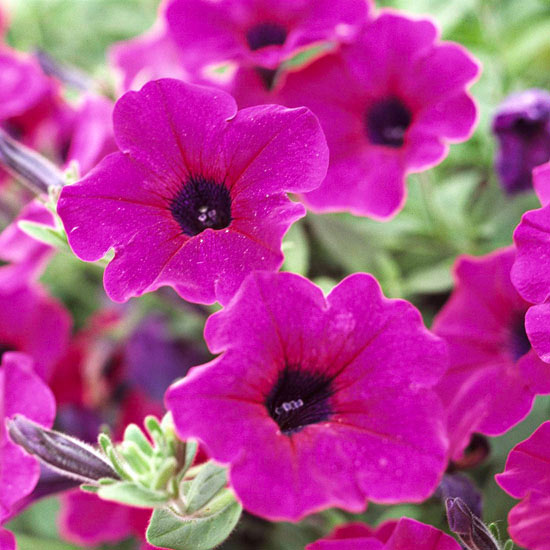 Petunia Wave Purple Classic
Petunia Wave Purple Classic
Petunias are one of the most popular annual flowers around, so you might guess there were a lot for the judges to choose from. (More than 60 varieties of petunia have won an AAS designation, the first in 1934.)
The AAS judges' all-time favorite is Wave Purple Classic, released in 1995. It grows about 6 inches tall and can spread 4 feet across, making a brilliant purple groundcover or bold hanging basket.
Also high on their list was a relative, Tidal Wave Silver, released in 2002. It has a more upright habit, growing almost 2 feet tall and capable of spreading 5 feet across. It shows off a profusion of beautiful silvery-blue flowers top to bottom from spring to frost.
Both petunias in the Wave family continue to bloom without the need for pinching or pruning, and they produce flowers throughout the plant rather than just on the tips of the stems as older petunia varieties did.
Learn more about petunias.
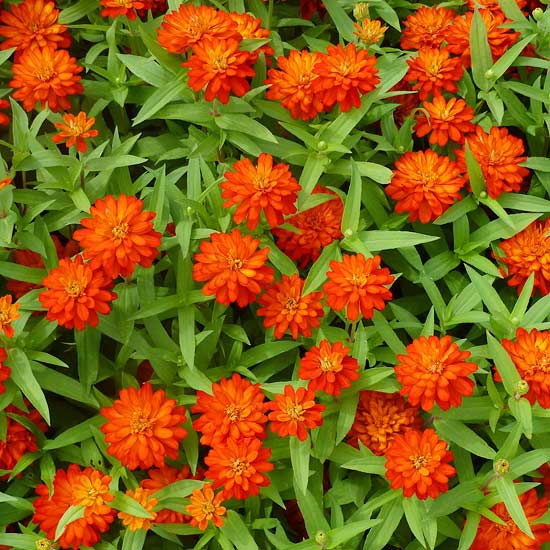 Zinnia Zahara Double Fire
Zinnia Zahara Double Fire
Zinnia, another hugely popular annual flower, has had its share of winners, too: There have been more than 40 AAS-designated zinnias since 1935.
Of these, AAS judges proclaimed 2010's Zahara Double Fire a top pick. Bearing fully double flowers in a bold shade of orange, it's also more disease-resistant than many other zinnias on the market. It's a drought-tolerant annual that's perfect for growing in container gardens and planters.
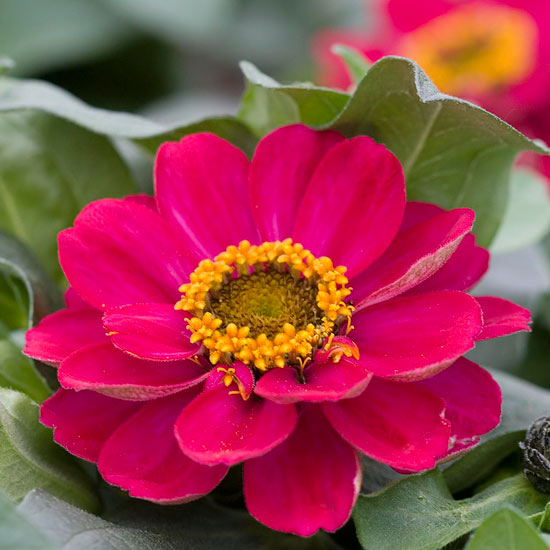 Zinnia Profusion Cherry
Zinnia Profusion Cherry
Zinnia Profusion Cherry, a 1999 winner, is just as popular today as when it was new. Featuring brilliant cherry-pink flowers, it grows 16 inches tall and 12 inches wide, and it attracts butterflies like crazy. It's also heat-, drought-, and disease-resistant.
Two other popular picks with the judges are Zowie! Yellow Flame and Magellan Coral. Zowie! Zinnia Yellow Flame shows off large, clear-yellow flowers with stunning red centers. It grows 36 inches tall and 27 inches wide. Zinnia Magellan Coral is a dwarf selction that bears big, double coral-pink flowers on a 12-inch-tall plant.
Learn more about zinnias.
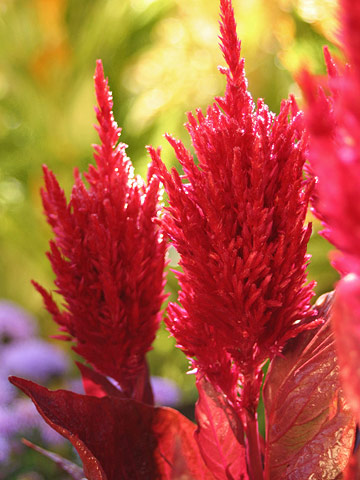 Celosia Fresh Look Red
Celosia Fresh Look Red
Celosia, also called cockscomb, is an old-fashioned favorite that shows off feathery or crested blooms. It's a good choice for beginning gardeners, because celosia holds up well to heat and drought and continues to flower reliably all summer long.
Celosia Fresh Look Red, released in 2004, was a top pick. Growing 16 inches tall and wide, it bears rose-red plumes that look like candle flames over fresh green foliage. The plants have a compact, well-branched habit, producing lots of blooms on the plant. It doesn't require deadheading; new blooms cover up the faded flowers.
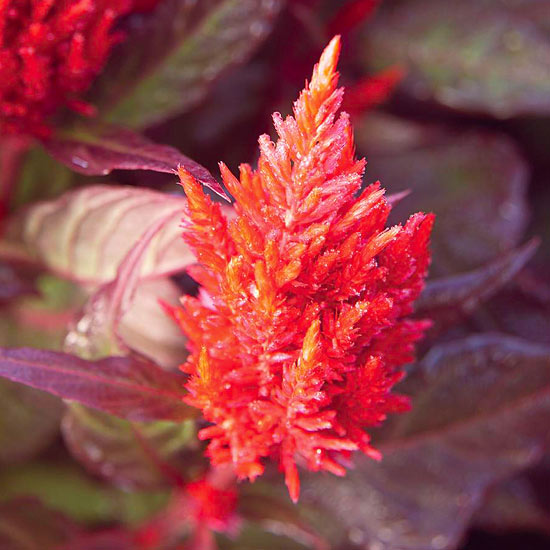 Celosia New Look
Celosia New Look
The judges also said you can't go wrong with celosia New Look, a variety released in 1988. It shows off bright red flowers accented by lovely bronze-purple foliage. It grows 14 inches tall and 12 inches wide, and it thrives in beds, borders, and container gardens. The attractive flowers are also wonderful for use in dried-flower crafts projects such as wreaths.
Learn more about celosia.
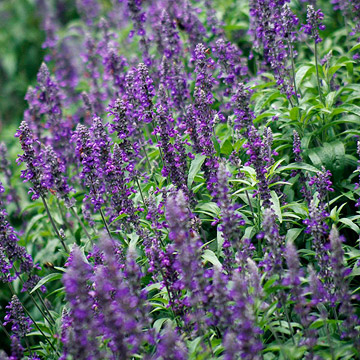 Salvia farinacea 'Evolution'
Salvia farinacea 'Evolution'
There's so much to love about garden salvia: Its lovely flowers, the spiky upright texture it adds to the garden, how attractive it is to hummingbirds and butterflies, and the fact that it's super easy to grow.
AAS judges recommend salvia 'Evolution', a winner from 2006 that offers lilac-blue flowers and gray-green foliage. It's wonderfully drought-tolerant and loves hot weather (in fact, the species it's bred from is native to Texas). Salvia 'Evolution' grows about 20 inches tall and 16 inches wide. It thrives in the ground as well as containers and raised beds. You can also use the blooms in dried-flower crafts.
Note: While salvia 'Evolution' is commonly grown as an annual, it is a perennial in Zones 8-10.
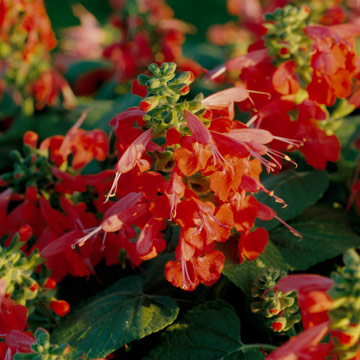 Salvia coccinea 'Lady in Red'
Salvia coccinea 'Lady in Red'
If you prefer bold, hot colors, look for salvia 'Lady in Red', a 1992 winner that offers spikes of bold cherry-red blooms on 24-inch-tall, 18-inch-wide plants. Bred from a salvia species native to South America, you can count on 'Lady in Red' to perform no matter how hot the weather gets.
Because many types of salvia, including 'Evolution' and 'Lady in Red', have scented foliage, they're largely deer- and rabbit-resistant.
Learn more about salvia varieties.
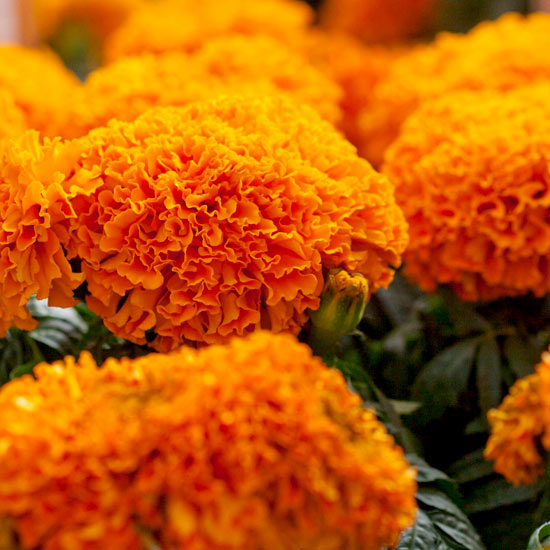 Marigold Moonsong Deep Orange
Marigold Moonsong Deep Orange
Native to areas of North and Central America, so-called African marigolds have been popular with gardeners for generations. Bearing dark green, finely divided foliage and brilliant flowers in shades of orange and yellow, it's easy to see why.
Marigolds are also a cinch to grow, making them top picks for beginning gardeners. Among marigolds, the AAS judges loved 2010's Moonsong Deep Orange, which bears pumpkin-color flowers all summer into autumn. Those bold blooms are large, too, at 3 or more inches wide. And, unlike many older varieties, you don't have to deadhead marigold Moonsong Deep Orange to keep it looking beautiful. It grows 15 inches tall and wide.
Learn more about African marigolds.
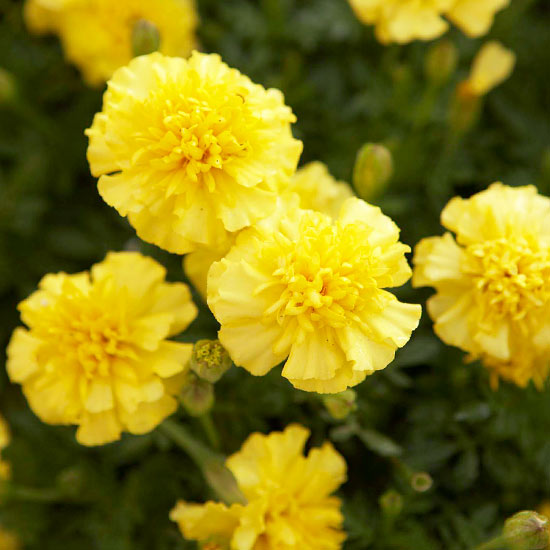 French marigold Janie
French marigold Janie
Though you wouldn't guess it from the common name, French marigold is also native to areas of North America. A considerably smaller plant, it's just as garden-worthy. It's almost as common today to see herb and vegetable gardens planted with a border of little French marigolds as it was in your grandmother's time. (The practice is born out of the theory that marigolds deter rabbits and insect pests.)
The AAS judges picked 1980's French marigold Janie as one of their top picks. It's exceptionally heat-tolerant and holds its cheery yellow, orange, or rusty-red flowers well over the deep-green foliage. It grows 10 inches tall and 8 inches wide.
Learn more about French marigolds.
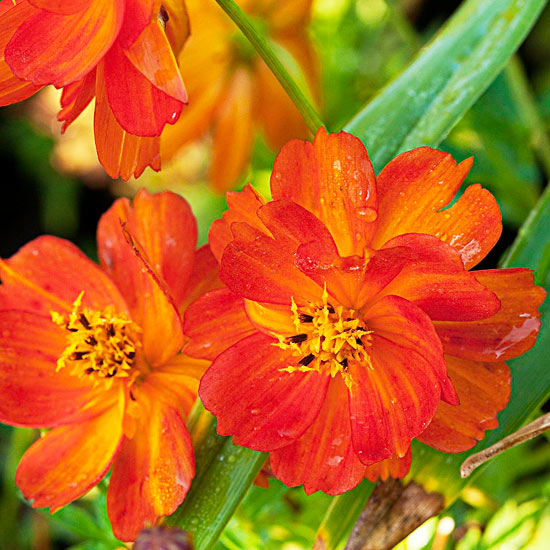 Cosmos 'Cosmic Orange'
Cosmos 'Cosmic Orange'
There's a lot to love about breezy, old-fashioned cosmos: It's a fantastic cut flower, butterflies love it, it holds up to heat and drought, and it often self-seeds so it comes back every year on its own.
You can find two types of cosmos on the market. Of the orange and yellow types, judges called out 2000's cosmos Cosmic Orange. Bearing masses of brilliant golden-orange flowers, Cosmic Orange is a vigorous yet compact plant that grows 12 inches tall and 18 inches wide.
An old variety that's stood the test of time, cosmos Sensation Red won its AAS when it was released in 1934, and the judges still think it ranks among the best. Usually sold as part of a mix, Sensation Red grows 48 inches tall and 14 inches wide. It's a great performer even in hot, humid conditions and bad soil.
Learn more about cosmos.
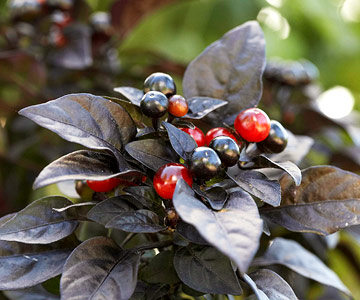 Ornamental pepper 'Black Pearl'
Ornamental pepper 'Black Pearl'
We love ornamental peppers in the garden for their outstanding performance in hot, dry weather. They're also beautiful; many ornamental peppers have attractive foliage and beautiful fruits (that are either too hot or have too little flavor for eating).
AAS judges prefer 'Black Pearl', a stunner from 2006 that shows off dark, purple-black leaves and purple flowers. The real draw, though, are the clusters of round black fruits that ripen to a bold cherry red. It typically grows 18 to 20 inches tall, but in areas with longer summers, it can reach as tall as 36 inches. It stays about 12 inches wide.
Learn more about ornamental peppers.
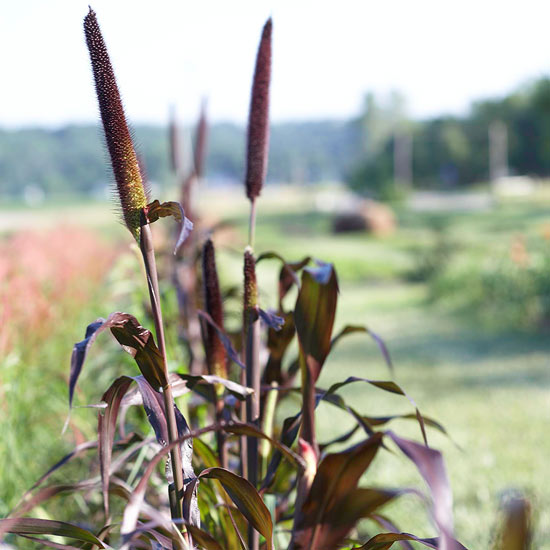 Millet 'Purple Majesty'
Millet 'Purple Majesty'
There aren't many grasses that have won AAS awards, so you know they're all best bets for the garden. One to watch for, the judges say, is millet 'Purple Majesty'. This winner offers oustanding deep purple-black foliage topped by dark purple seed stalks. It grows 5 feet tall and takes hot, dry conditions like a champion. The foliage looks good paired with any color, from bold chartreuse (think a skirt of 'Marguerite' sweet potato vine) to silver, as well as pinks, blues, oranges, and yellows.
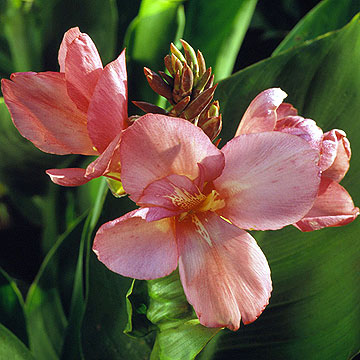 Canna 'Tropical Rose'
Canna 'Tropical Rose'
Copyright © www.100flowers.win Botanic Garden All Rights Reserved